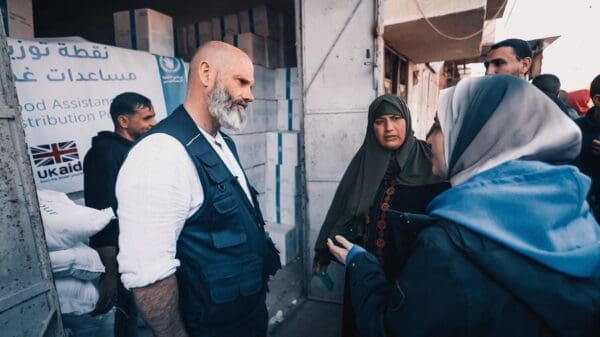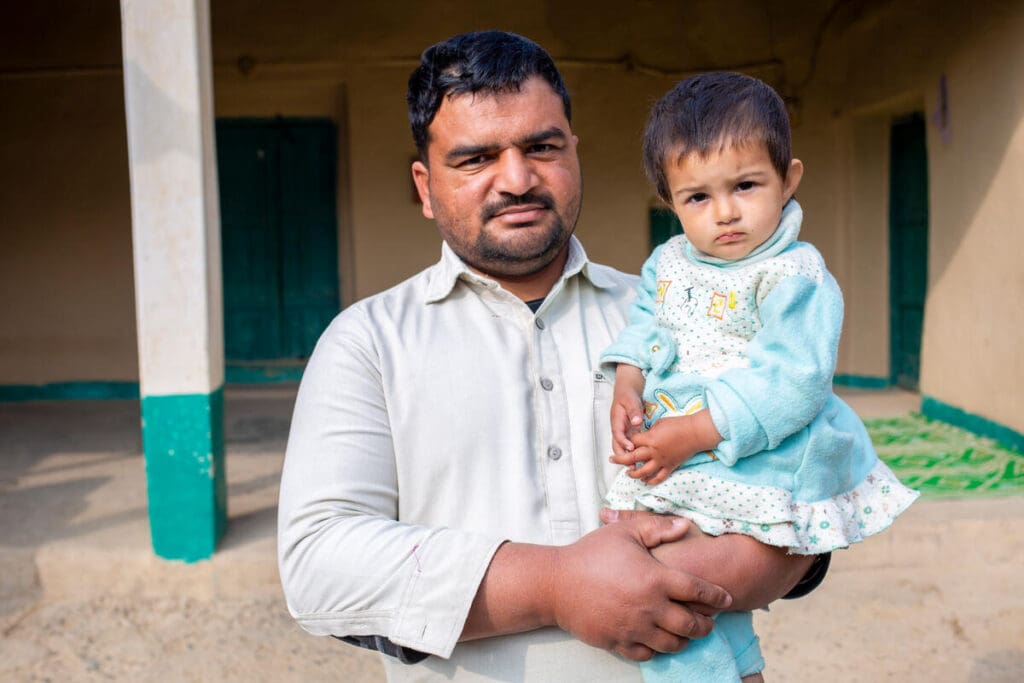
Needs at All-Time High Even Before the War in Ukraine, Food Crises Report Says
The number of people facing severe hunger continues to grow at an alarming rate, according to the 2022 Global Report on Food Crises.
The Global Report on Food Crises is published annually by the Global Network Against Food Crises – an alliance of UN agencies including the United Nations World Food Programme (WFP). This year’s report confirms it is more urgent than ever to tackle the root causes of hunger.
Did you know? The GRFC reports on acute food insecurity (or severe hunger), which is different than chronic hunger. Acute food insecurity puts a person’s life or livelihood in immediate danger. A person facing chronic hunger means they are unable to consume enough food over an extended period of time to maintain a healthy, active lifestyle.
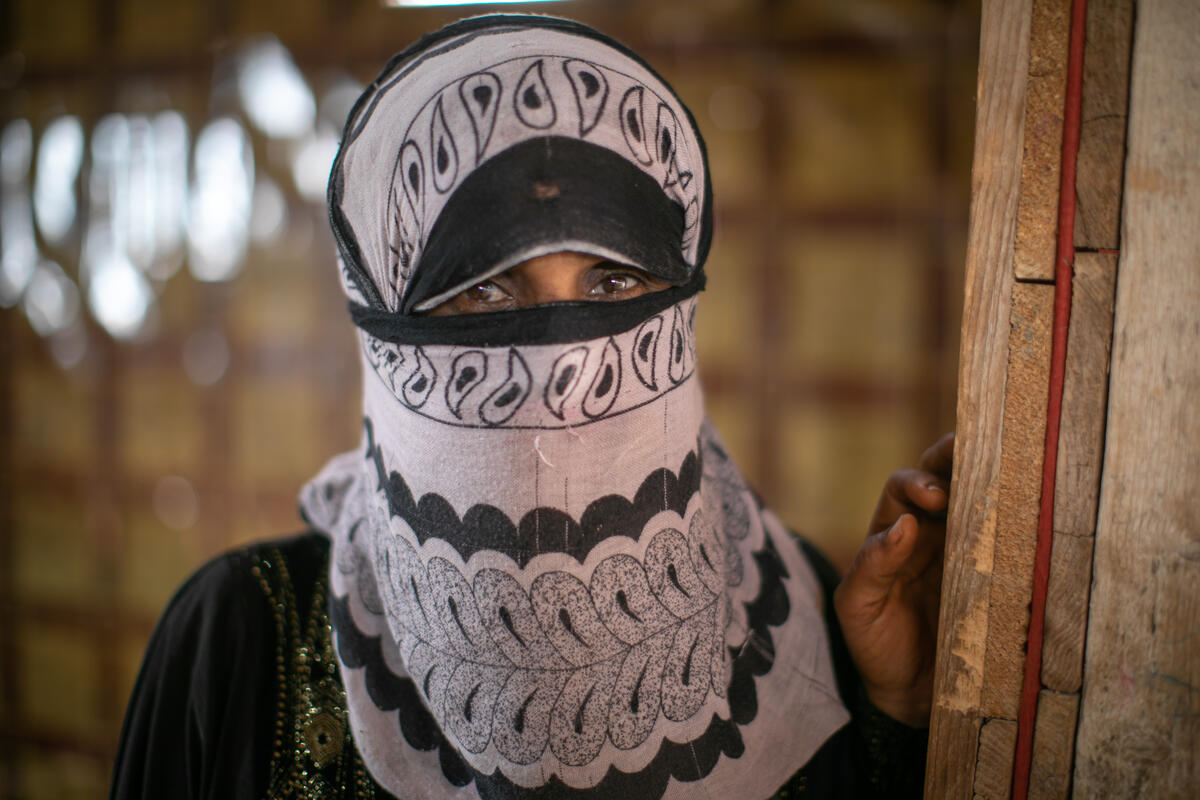
In 2021, over half a million faced catastrophic levels of hunger in four countries: Ethiopia, South Sudan, southern Madagascar and Yemen.
Top Takeaways of the 2022 GRFC
- In 2021, around 193 million people in 53 countries or territories experienced severe levels of hunger. This is a dramatic increase of nearly 25% compared with the already record numbers of 2020.
- Among those 193 million, 570,000 people across Ethiopia, South Sudan, southern Madagascar and Yemen faced catastrophic levels of hunger.
- Conflict remains the main driver of hunger. In 2021, conflict and armed violence drove 139 million people into severe hunger.
- Economic shocks and extreme weather events were also significant drivers of hunger, pushing 30 million and 23 million people respectively into severe hunger.
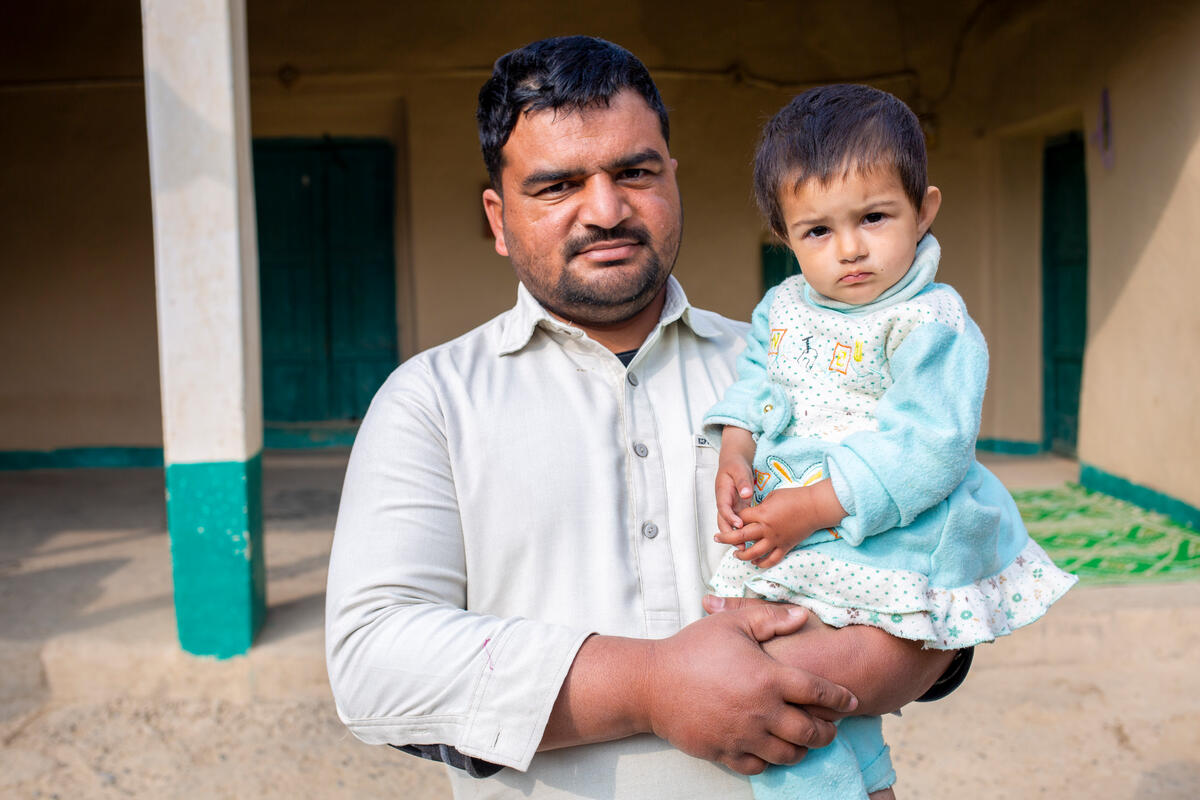
In 2021, almost 70% of the total number of people facing acute hunger were in 10 food crises: the Democratic Republic of the Congo, Afghanistan, Ethiopia, Yemen, northern Nigeria, the Syrian Arab Republic, the Sudan, South Sudan, Pakistan and Haiti.
-
Hunger Solutions and the Way Forward
The GRFC calls on the international community to act now to collectively address the causes and consequences of escalating food crises.
Learn more about the drivers of hunger.
In a joint statement, the EU, the United Nations Food and Agriculture Organization, U.N. World Food Programme, USAID and the World Bank said, “The situation calls out for at-scale action to move towards integrated approaches to prevention, anticipation and better targeting to sustainably address the root causes of food crises – including structural rural poverty, marginalization, population growth and fragile food systems.”
One solution the GRFC identifies to boost food availability and access is to give farmers the support needed to increase production. In places where food is limited because of reduced imports, high prices or lack of humanitarian assistance, this support is critical. Raising farmers’ productivity and improving their access to markets will strengthen food supply chains while enhancing entire communities’ resilience to hunger shocks.
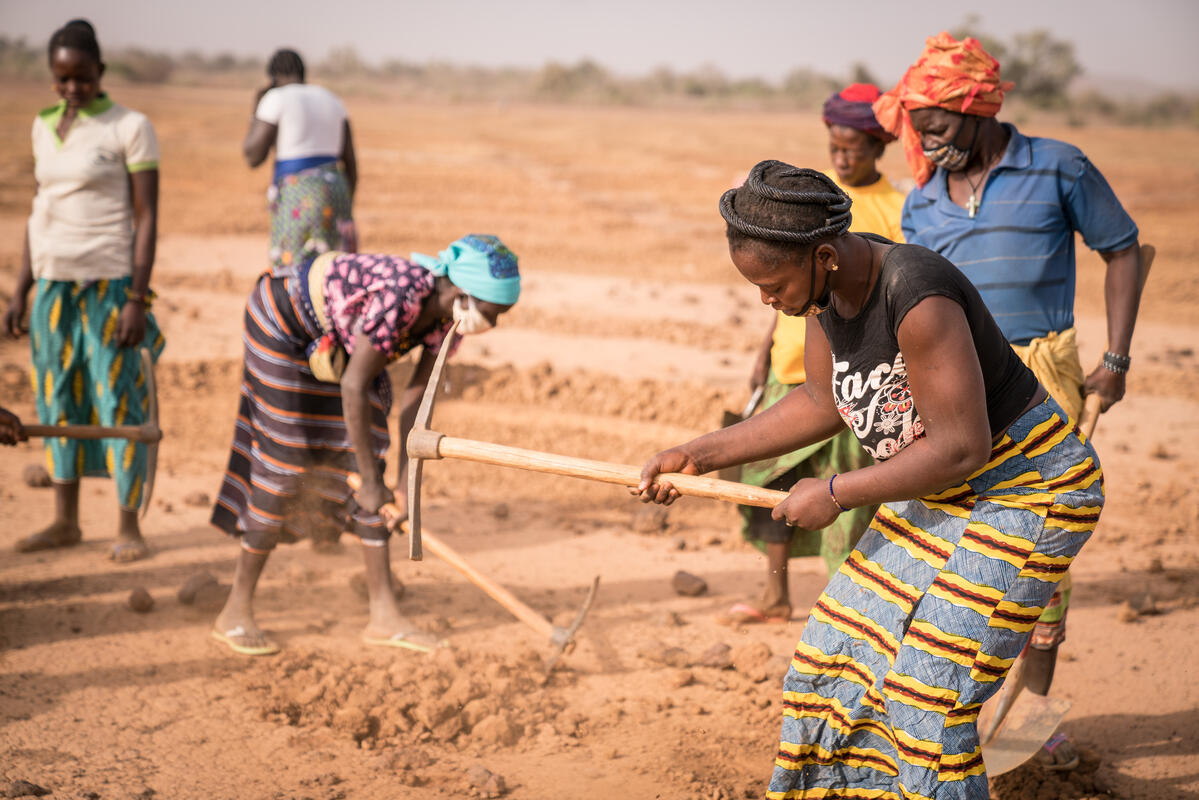
WFP provides small-scale farmers with the training and tools they need to grow their businesses. We share critical expertise in areas like improving production, reducing post-harvest loss, developing business skills and expanding access to financial tools.
Another key solution is ensuring humanitarian, development and peacekeeping activities are delivered in a holistic, intentional way.
2022: A Year of Unprecedented Needs
The world is facing a year of unprecedented humanitarian needs in 2022, and we are at a critical crossroads. Climate shocks, conflict and spiraling costs are driving millions closer to starvation. Today, there are 276M people facing severe hunger – a record high.
- According to the U.N. World Food Programme, 49 million people in 44 countries are teetering on the edge of famine and overall global needs for humanitarian assistance keep increasing and are higher today than ever. This number has risen from 27 million in 2019.
- There are more than half a million people (730,000 people) facing famine-like conditions.
-
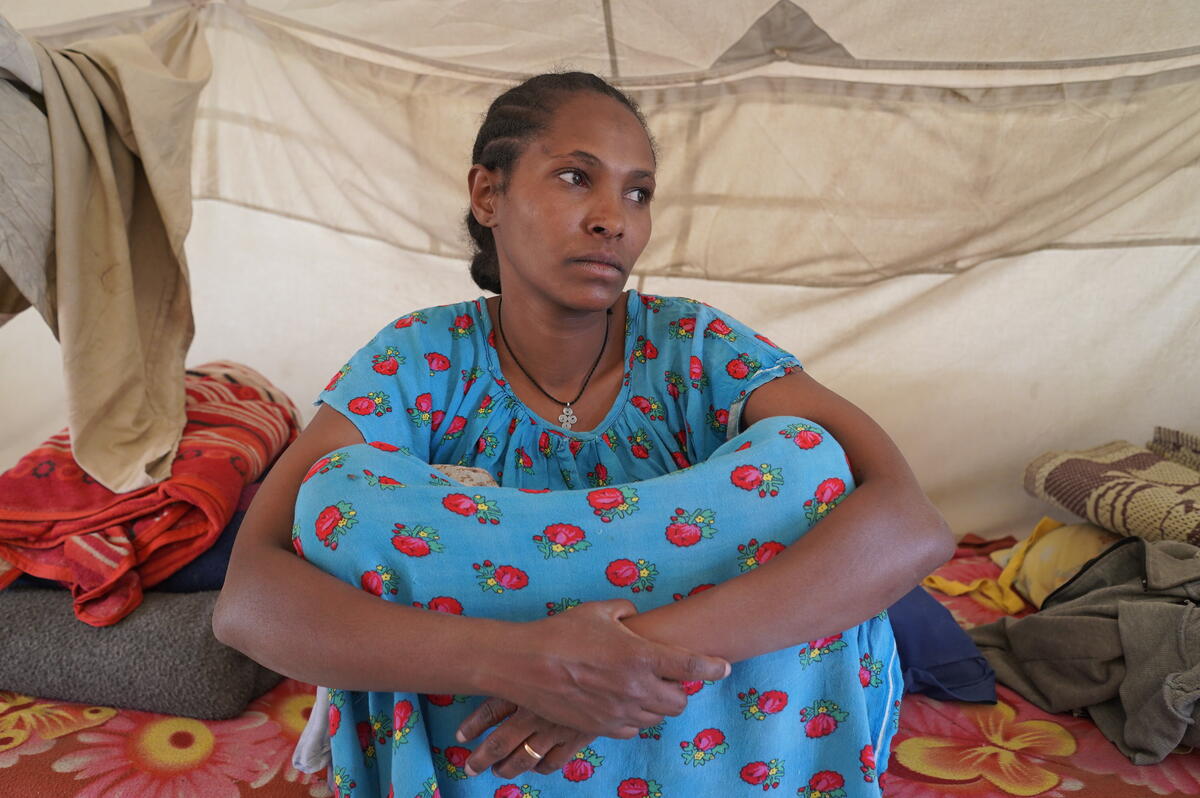 Photo: WFP/Claire Nevill/2022
Photo: WFP/Claire Nevill/2022The war in Ukraine compounding what is already a year of catastrophic hunger, unleashing a wave of collateral hunger that is spreading worldwide and transforming a series of terrible hunger crises into a global food crisis.
The Ukrainian crisis has further exposed the interconnectedness of the drivers of hunger. The war not only compromises the food security of those directly affected, but compounds existing challenges faced by millions of acutely hungry people across the world. If the war continues unabated, severe hunger is expected to rise by 47 million people this year – a tragedy unfolding at a time when needs were already at historic highs.
This story originally appeared on WFP’s Stories on May 4, 2022 and was written by James Belgrave.
